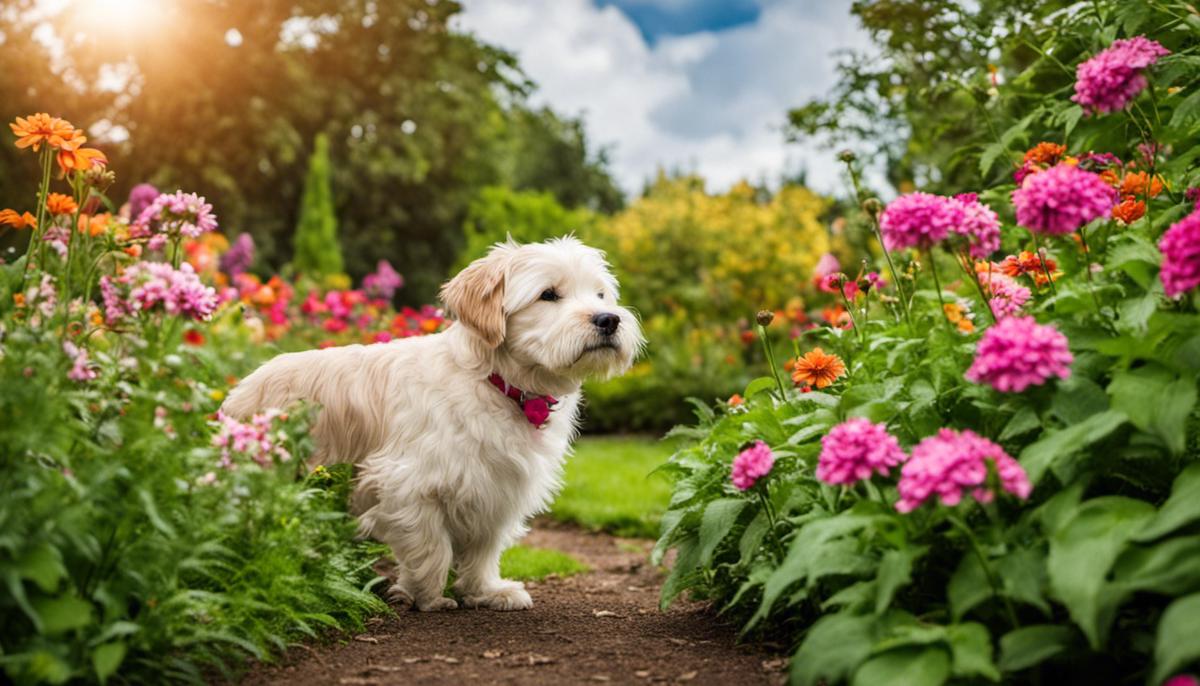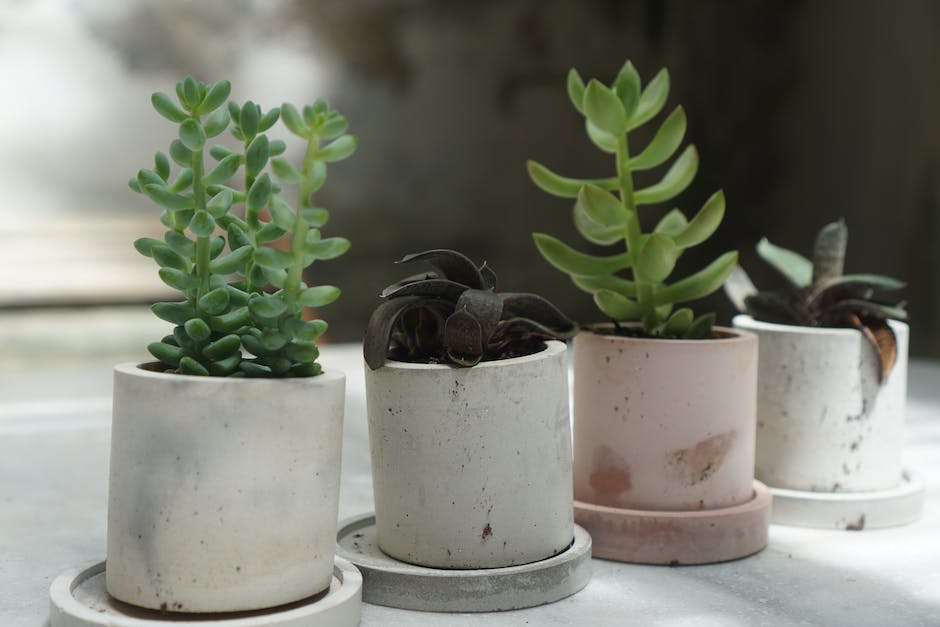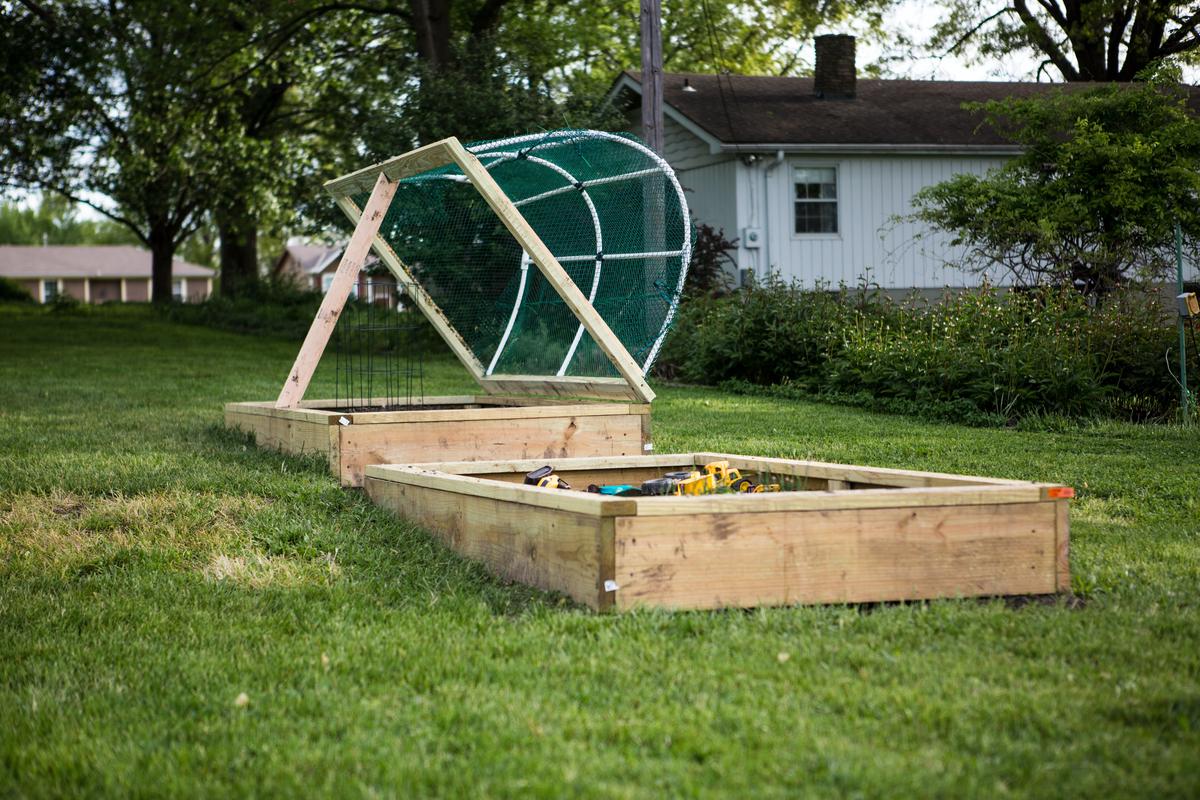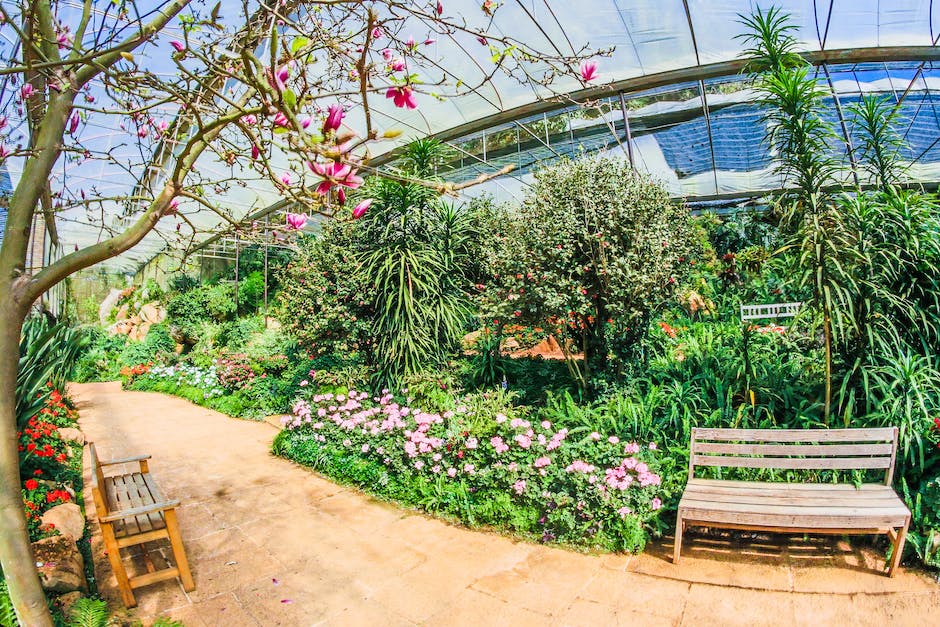Mastering Ways: How to Keep Dogs Out of Your Garden

Our gardens serve as calming havens, stimulating the senses with vibrant colors, shrinking textures, and delightful scents. However, for dog owners, these idyllic oases can sometimes turn into a playground for their furry friends, leading to torn flower beds and chaos around. This comes down to understanding the behavior of these four-legged intruders. Dogs have certain instincts and attractions that inevitably lead them into green spaces. The goal is to decode this behavior to appreciate why they feel urged to invade your garden and determine effective and benevolent ways to deter them.
Understanding the behaviors of dogs
Understanding Canine Habits: Why Fido Loves Frolicking in Your Garden
What’s more precious than grabbing a steaming cup of tea, heading out to the porch to admire your much-loved garden only to find your naughty four-legged friend going about their own Forrest Gump moment? While it’s adorable to watch them explore, it’s crucial to understand why they’re so drawn to your lush green oasis. As family enthusiasts, let’s unlock the canine world’s behaviors and understand why they wander into our magical garden spaces.
Firstly, it’s no surprise that dogs are deeply driven by their sense of smell. Each plant, insect, and hidden treasure in your garden holds a unique scent that can virtually make your dog’s nose light up like a Christmas tree. Those enticing aromas are often too irresistible to ignore and can quickly lead Rover right into your garden.
Secondly, let’s consider their instinct for hunting and digging. Dogs, by nature, are descendants of wolves, inheriting an irresistible urge to dig and hunt. To them, your beautiful garden might resemble a treasure trove of buried goodies or hidden critters. From the perspective of the family pooch, your patches of lettuce or rows of tulips are invitations to dig in and scout around.
Boredom, oh the notorious villain for mischief. Just as with humans, dogs get bored, and your garden can provide a much-needed playground for entertainment. The allure of birds to chase, soil to dig, or tree bark to nibble on, gives your bored dog plenty to do on a dull afternoon.
Another underlying reason can be exercise. We all know the omnipresent energy that dogs harbor. Fetch, hide and seek, find me; it’s all a part of their game. A vibrant garden setting simply acts as a perfect playground to burn off that extra energy.
Lastly, but surely not less impactful, is territory marking. Yes, similar to how we feel possessive about our modern kitchens or vintage artifacts, dogs have a sense of territory too. They might see your garden as an extension of their turf which needs regular patrolling and marking.
Understanding these common behaviors can help maintain harmony between your canines and your cherished garden. After all, a harmonious home is a happy home, and when we keep the needs and nature of all our family members in mind, even the furry ones, we’re building more than just a house. We’re creating a haven of love, respect, and mutual understanding. Challenges, like Fido traipsing through your rose bushes, are easier to address when you understand the why behind them.
Remember, the next time your fur buddy seems overly interested in your much-loved flora and greenery, don’t fret. It’s merely their canine instincts and inherent behaviors at play. Consider this a chance to bond more with your pet, understand them, and reinforce the true essence of family living; accepting, loving, and caring for each other, quirks and all. Happy homesteading!

Effective Physical barriers
If you’ve found yourself grappling with the issue of your dog’s unruly behavior in your garden, don’t fret! You’re not alone in this dilemma and thankfully there are proven, strategic methods to resolve this issue. The key is to install effective physical barriers to limit your dog’s access to the garden without restricting their freedom to explore and enjoy the outdoors. Here are some effective barriers to consider:
- Fences: A traditional picket fence or chain link fence is one of the most common ways to set boundaries for your pet. Make sure that the fence is sturdy and high enough so your pet cannot easily jump over it. For dogs who love to dig, proceed to bury part of the fence under the ground which will prevent them from digging beneath it.
- Garden Gates: These work perfectly when you have specific parts of the garden you want to protect. For example, if you have a flower bed or vegetable garden, installing a garden gate to keep your furry friend out could be extremely effective.
- Dog-Proof Screens: These are mainly used to prevent your dog from accessing your patio or deck. Screens are a less invasive option that still allows your dog to see and be a part of the activities, while protecting your valuable outdoor space.
- Landscaping Rocks and Gravel: Dogs are not particularly fond of walking on uneven surfaces. By strategically placing rocks or gravel paths around the areas you want to protect, you can discourage them from venturing too far.
- Raised Garden Beds: These not only add variation to your garden but also make it difficult for dogs to reach the plants. These beds can be constructed using stones, bricks, or wood, adding an aesthetic touch while serving a practical purpose.
- Hedges and Shrubs: Dense hedges and shrubs can act as a natural barrier, dissuading dogs from entering certain areas. Choose fast-growing and thick-set species for maximum effectiveness. However, remember to choose non-toxic varieties safe for dogs.
- Coyote Rollers: Specially designed to deter dogs who tend to climb or jump fences, these rollers make it challenging for dogs to get a grip, causing them to slide off. While this is an effective solution, it is important to ensure that your garden has a safe and designated space for your dog to play.
Lasty, remember that these barriers should complement the needs and personality of your dog. It’s crucial that your solutions are safe and humane, providing your pet with their necessary doses of exercise and exploration. It’s a process, a loving challenge that requires time and patience, but one that will ultimately protect your landscapes while giving your dogs their own safe, enjoyable space.

Photo by isaacmsmith on Unsplash
Natural dog repellents
Protecting your cherished garden from your four-footed friend can prove to be quite a conundrum. Having discussed the instincts and behaviors of dogs that make gardens so alluring to them, let’s explore some natural elements that can act as safe, effective dog repellents in your verdant refuge.
First off, some plants in particular have built-in defense mechanisms that can keep dogs at bay. Rudbeckia, also known as “black-eyed Susans,” have a scent that dogs find off-putting, while simultaneously adorning your garden with their cheerful yellow blooms. Similarly, citrus trees with their tangy aroma can help deter dogs. Remember, our canine companions have significantly more sensitive noses than we do, and strong scents that may seem pleasant or barely noticeable to us can be overpoweringly unpleasant for them.
Another strange but effective natural dog deterrent? Coffee grounds. Sounds odd, but if you’re a coffee drinker, it’s worth trying. You can sprinkle coffee grounds among your plants. Overall, dogs find the scent of coffee grounds to be unnerving, discouraging them from digging or messing around in areas with these grounds.
Don’t overlook the power of spiky plants and thorny bushes for a little natural deterrence. Dogs are pretty intuitive and will likely steer clear of any plants or bushes that cause them discomfort. A few examples include holly, barberry bushes, and agave plants. These plants not only add variety and beauty to your garden but also create a natural barrier for dogs.
Utilizing smell and touch deterrents can be great, but visual cues can also be very effective. Fluttering flags or even wind chimes might create enough of a visual disturbance to discourage dogs from entering your garden.
Consider laying out alliums along the border of your garden. This plant, due to its natural anti-dog constituents, acts as a robust, organic repellent. Its tall, spherical flowers that burst into a radiant purple could also offer a gentle splash of color to your garden.
To reinforce natural barriers, using mulch made from cocoa bean shells or a layer of pine cones on top of your garden soil could discourage a dog’s natural instinct to dig. Both are uncomfortable for dogs to walk or dig into, providing a natural deterrent.
Lastly, a sprinkle of harmless spices, like cayenne pepper or mustard powder, around your garden’s perimeter can ward off dogs. Dogs will avoid these areas due to the strong odors, and in case of accidental ingestion, these spices cause only temporary discomfort and are completely safe.
Remember, it’s possible to have a thriving garden and a happy dog concurrently. By evaluating your dog’s unique personality and applying some of these techniques, you can maintain a harmonious living arrangement between all family members, even the furry ones. Keep the line of communication open with your pet and observe closely as you implement these dog repellent techniques to ensure your actions align with their best interests at heart. After all, a shared backyard can indeed be the perfect setting for many happy tail wags.

Through understanding dog behavior, implementing safe physical barriers, and utilizing natural dog repellents, cohabiting with man’s best friend need not turn into a landscaping nightmare. Deciphering tracks and signs left by dogs in gardens is also crucial for addressing the situation appropriately. Appreciating their behavior, their preferences, can make the difference between co-existence and conflict. Plants, herbs and natural elements can also become important allies in protecting your garden. As we explore the world through a dog’s perspective, the aim is not to create impenetrable fortresses but harmonious environments where nature’s splendor can be appreciated by all, two-legged or four. Remember, your garden is an extension of your home, and with patience, understanding, and a bit of creativity, it can become a shared space of joy and serenity.



